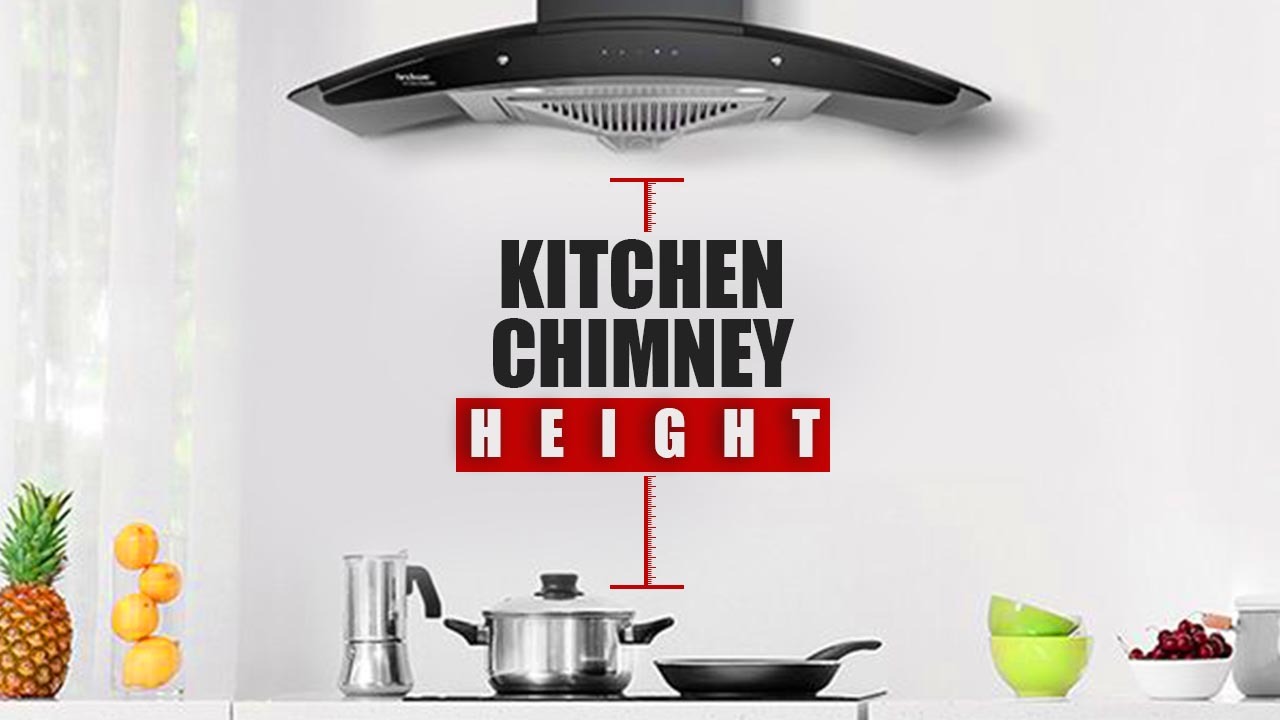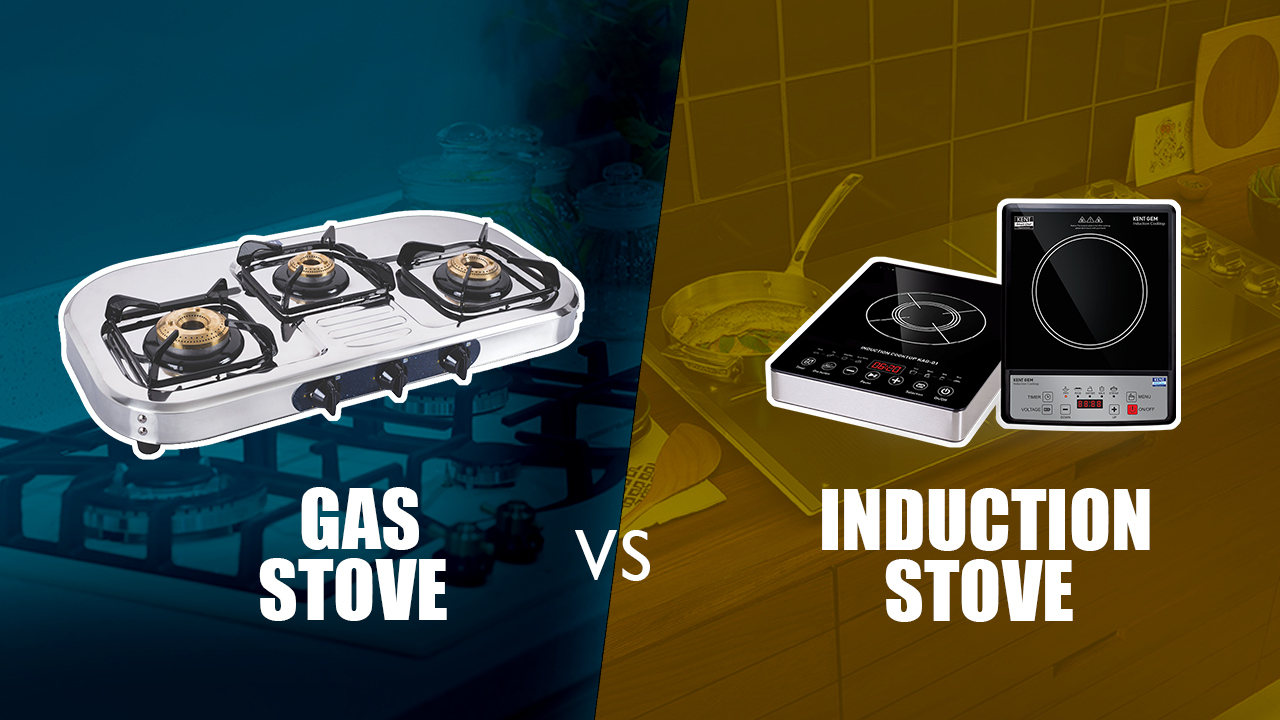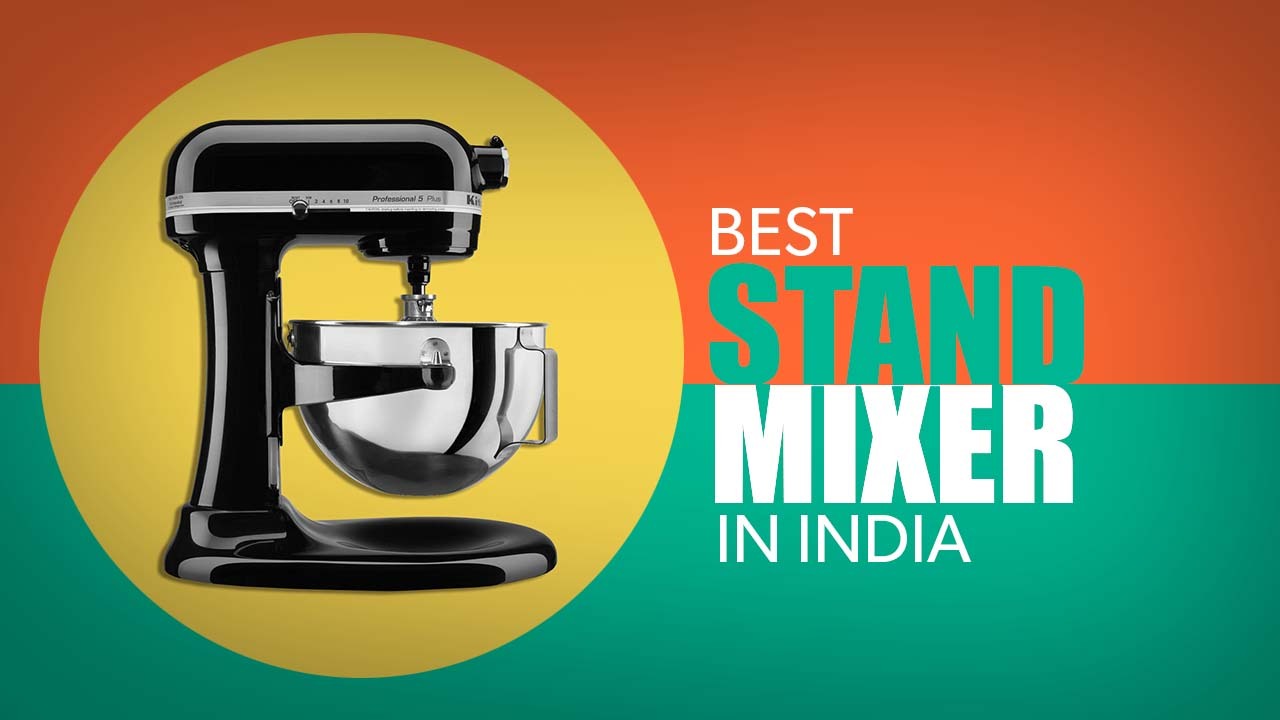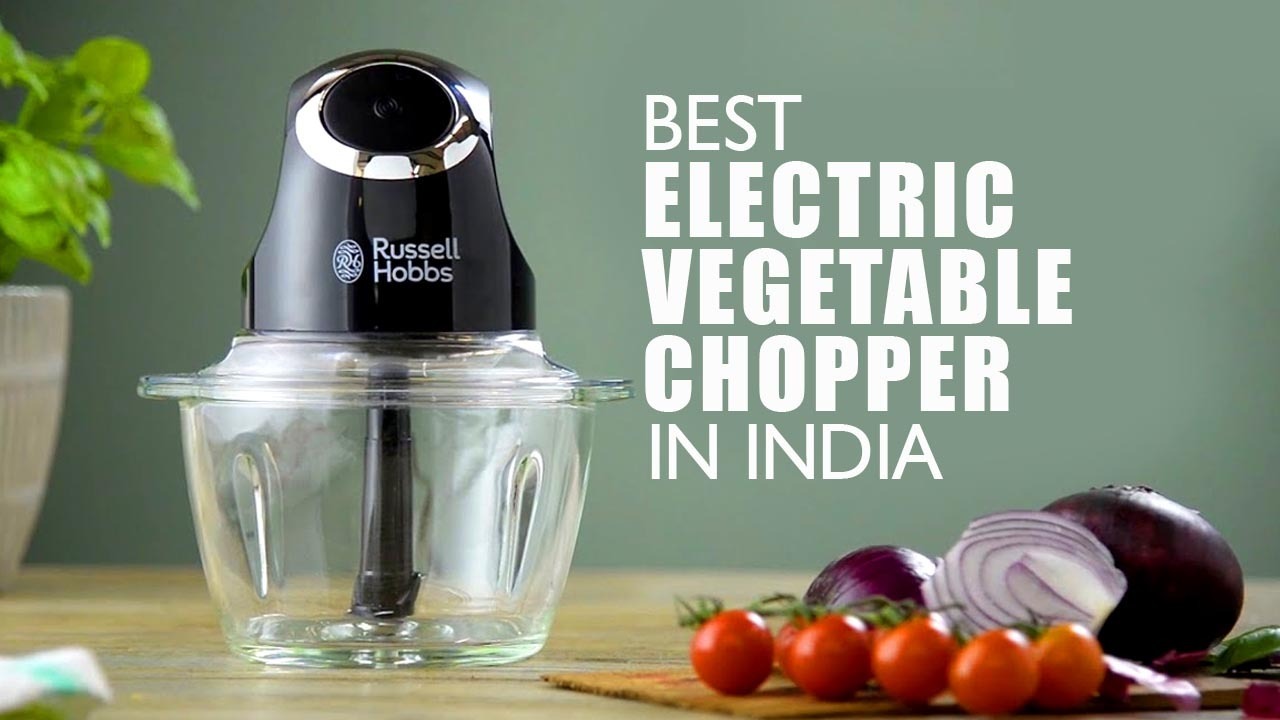A hand blender is a small household appliance consisting of a motor that rotates an axis to which various accessories are connected. The ones that are most frequently mounted on the blenders are the whips, which, when the axis turns, generate a rotary movement that allows the food to be mixed. Nowadays, hand blenders are sold with multiple accessories.
Depending on the accessory fitted, this small device allows you to cut, beat, cut into small pieces, liquefy, mince and even knead different ingredients.
The functions of the hand blender have evolved with technological advances and, nowadays, some of them can be considered authentic food processors.
- Having a blender in the kitchen is extraordinarily beneficial. It allows you to do a series of chores, such as whipping and mincing quickly, without taking up too much space when you use it or when it needs to be stored.
- In addition, the latest models of the best hand blender for cake include a wide range of accessories that make it a versatile and highly functional appliance, to be used always for multiple occasions.
- When choosing the best hand blender for you, it is important that you take into account aspects such as the type, the use you want to make of it, the materials, the power or the maintenance it needs. We will talk about it in the purchase criteria section.
What is the Use of Hand Blender?
All modern hand blenders were born to blend and chop, thanks to the many and varied interchangeable accessories that make them up. In principle, however, we can say that all models are composed of whips, blades and a mincer. Starting from these basic accessories it is possible to cook the most varied foods.
Obviously, the first answer to the question ‘what is a hand blender for’ can only be the most predictable: smoothies and milkshakes.
The blender also lends itself perfectly to preparing vegetable purées and gravies. Mayonnaise, hummus and pesto can also be prepared in no time using a blender.
Finally, those who have to deal with babies at home cannot forget that hand blenders are the ideal tools for preparing genuine and totally homemade homogenized products for them.
How the Hand Blender Works?
This appliance is very easy to use:
- The first thing to do is to insert the appliance plug into the socket, after having placed the blender on a comfortable surface that allows you to work in peace and have space available.
- Subsequently, just take the arm of the device and immerse it in the container with the food, taking care to check that the blades are completely covered and that the motor is dry and away from any food substance.
- At this point, you are ready to start using it. If you have a basic hand blender, just press the only button on the device to start it. If you have a technologically more advanced one, you will also have the possibility to choose at what speed to act, based on the food you have to deal with.
- While you are blending, remember to take a break every 50 seconds to avoid damaging the engine.
By following these few simple instructions, in a few minutes, your food will be blended and chopped.
How Many Types of Hand Blenders are there?
Today the world of household appliances has evolved a lot. This opens up a wide range of possibilities to choose from to find the product that best suits our needs. And the hand blenders, of course, are in this world. However, although we can find different models, we can only differentiate two types of hand blenders:
- Simple blender – It was designed exclusively for mincing and blending. We can find models where the whole manual mixer is a single block and others where the parts can be separated.
- Hand blender with accessories – It includes various accessories that, in addition to blending, allow you to cut, blend or chop.
The choice between one or the other type will depend above all on the use you want to make of it. The models that have accessories are more expensive, but also more versatile. However, it won’t make much sense to buy one of these if you only use them to whisk something every now and then.
Hand Blender Accessories
Well, if you have decided to opt for a hand blender with accessories, you should know each of the accessories you can use and know what they are for. To explain them clearly, we have prepared the following table:
| Accessory | Utility |
| Chopper XL | You can cut large fruits and vegetables, mince meat, prepare soups and sauces |
| Cutter | It is used to cut fruit and vegetables in the form of spaghetti, ribbons or spirals (to prepare noodles or vegetable pasta) |
| Whip | You can use it to whip cream, prepare mayonnaise or various types of dough |
| Graduated beaker | It is used to measure the quantities of the ingredients |
What are the Differences Between Hand Blender, Mixer and Food Processor?
On many occasions, especially with the number of new appliances appearing in recent times, we can ask ourselves if we really need all these devices. Well, the truth is that although not indispensable, each of them has a particular function:
| Function | Hand blender | Mixer | Food processor |
| Basic functions | Blend or mince | Blend or mince | Cut, knead, mince, stir and sometimes cook |
| Executable quantity | Small | Average | High |
| Occupied space | Very little | Average | Usually they require a large area |
| Power | Average | Medium-high | High |
If you look at the table, you can easily see that the food processor, especially the multi-function model, is the most complete appliance. Yet despite this, even those who have the latest invention to cook all types of dishes sooner or later end up buying a hand blender. The reason? Very simple:
The hand blender takes up less space, is faster and more useful if all we want is to whisk and not cook an entire dish.
Thank you for reading the article till the end, you can check out our other articles on hand blender (mentioned above). If you have any specific query related to hand blender, please feel free to ask in the comment section below.





